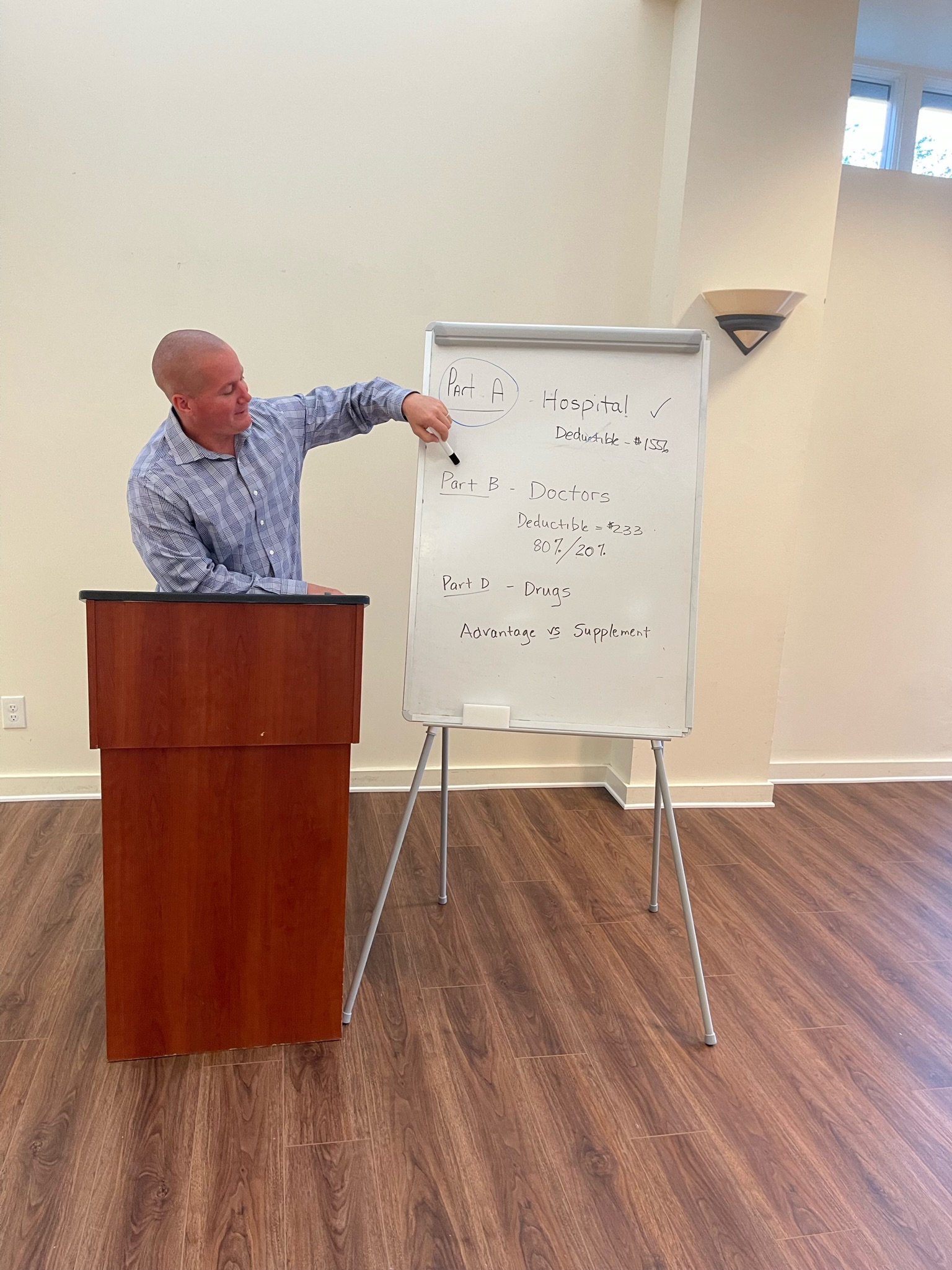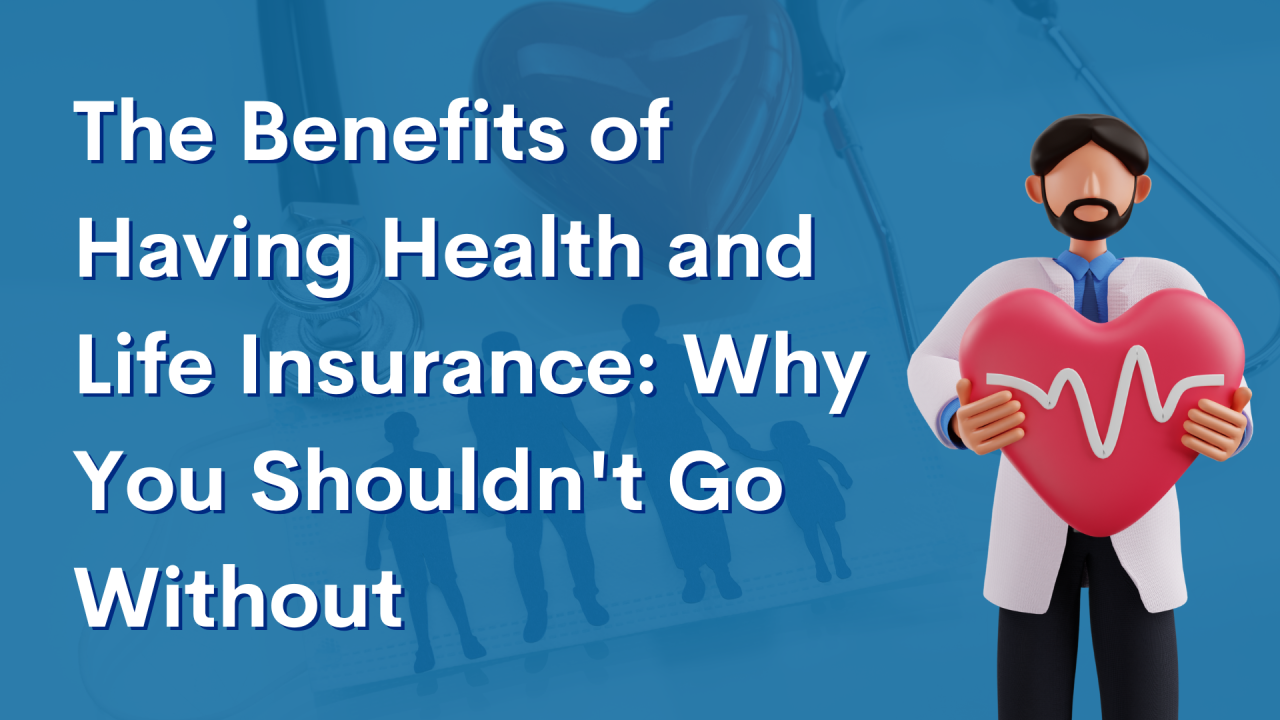Some Known Incorrect Statements About Medicare Advantage Agent
Some Known Incorrect Statements About Medicare Advantage Agent
Blog Article
Top Guidelines Of Medicare Advantage Agent
Table of ContentsThe Single Strategy To Use For Medicare Advantage AgentThe Of Medicare Advantage AgentMedicare Advantage Agent - Questions


follows from adheres to the perplexing young fairly profile of account uninsured with the better health, health and wellness average, standard younger persons. For those without access to work environment wellness insurance policy, inadequate wellness is a potential barrier to buying nongroup insurance coverage since such coverage might be highly valued, omit pre-existing problems, or be merely inaccessible. Unless or else noted, nationwide quotes of people without health and wellness insurance coverage and percentages of the population with different kinds of insurance coverage are based on the CPS, the most widely utilized source of quotes of insurance policy protection and uninsurance prices.

The Single Strategy To Use For Medicare Advantage Agent
Over a three-year duration starting early in 1993, 72 million people, 29 percent of the U.S. population, were without insurance coverage for at the very least one month. Within a solitary year(1994), 53 million people experienced at the very least a month without insurance coverage(Bennefield, 1998a). 6 out of every ten uninsured adults are themselves employed. Although functioning does enhance the chance that one and one's family members will have insurance, it is not an assurance. Also participants of households with two full-time breadwinner have virtually a one-in-ten possibility of being uninsured (9.1 percent uninsured rate)(Hoffman and Pohl, 2000 ). The relationship in between medical insurance and access to care is well developed, as recorded later in this phase. Although the connection in between medical insurance and health and wellness results is neither direct neither simple, a comprehensive scientific and wellness solutions research study literature links medical insurance coverage
to improved access to care, better top quality, and enhanced personal and population health status. As an example, the 2nd record, on personal health and wellness results for without insurance adults, is stood for by the innermost circle of the figure, while the 3rd record, on family members health, encompasses the topics of the second report yet highlights a different device of analysis, namely, the household. The sixth record in the collection will present info concerning techniques and campaigns embarked on in your area, statewide, or across the country to address the absence of insurance policy and its adverse impacts. Levels of analysis for examining the results of uninsurance. This conversation of medical insurance protection concentrates mainly on the united state population under age 65 due to the fact that essentially all Americans 65 and older have Medicare or other public insurance coverage.
It focuses particularly on those without any kind of wellness insurance coverage for any size of time. The troubles faced by the underinsured are in some aspects comparable to those dealt with by the without insurance, although they are normally much less extreme. Uninsurance and underinsurance, however, involve clearly different policy problems, and the approaches for resolving them may vary. Throughout this research and the 5 records to comply with, the main emphasis gets on persons without any medical insurance and hence no assistance in spending for wellness treatment beyond what is available through charity and safeguard establishments. Wellness insurance coverage is a powerful element affecting invoice of care since both clients and medical professionals respond to the out-of-pocket cost of solutions. Medical insurance, nonetheless, is neither necessary neither adequate to gain accessibility to clinical services. Nevertheless, the independent and straight result of health
insurance policy coverage on access to health and wellness services is well developed. Others will certainly acquire the healthcare they need even without medical insurance, by paying for it expense or seeking it from service providers that provide care free or at highly subsidized rates. For still others, wellness insurance policy alone does not make sure invoice of treatment as a result of other nonfinancial barriers, such as a lack of wellness care carriers in their neighborhood, restricted access to transportation, illiteracy, or linguistic and social distinctions. Formal study about without insurance populations in the USA dates to the late 1920s and early 1930s when the Board on the Cost of Treatment created a collection of reports concerning funding physician office check outs and hospital stays. This problem became significant as the varieties of clinically indigent climbed up during the Great Anxiety. Empirical researches continually sustain the link in between accessibility to care and visit boosted wellness results(Bindman et al., 1995; Starfield, 1995 ). Having a regular source of care can be considered a forecaster of accessibility, instead of a direct step of it, when health results are themselves made use of as gain access to indications. This extension of the notion of gain access to measurement was made by the IOM Committee on Monitoring Access to Personal Healthcare Solutions(Millman, 1993, p. Whether or not moms and dads are insured appears to affect whether or not their kids obtain treatment along with exactly how much careeven if the children themselves have coverage(Hanson, 1998). The wellness of moms and dads can influence their capability to care for their youngsters and the degree of family stress and anxiety. Bothering with their children's accessibility to care is itself a source of stress and anxiety for moms and dads. 3 chapters comply with in this report. Phase 2 provides a summary of just how employment-based health and wellness insurance policy, public programs and private insurance plan run and communicate to offer comprehensive yet insufficient insurance coverage of the U.S. population. This includes an evaluation of historical trends and public plans affecting both public and exclusive insurance coverage, a discussion of the communications among the various sorts of insurance policy, and an examination of why individuals move from one program to an additional or finish up

Report this page